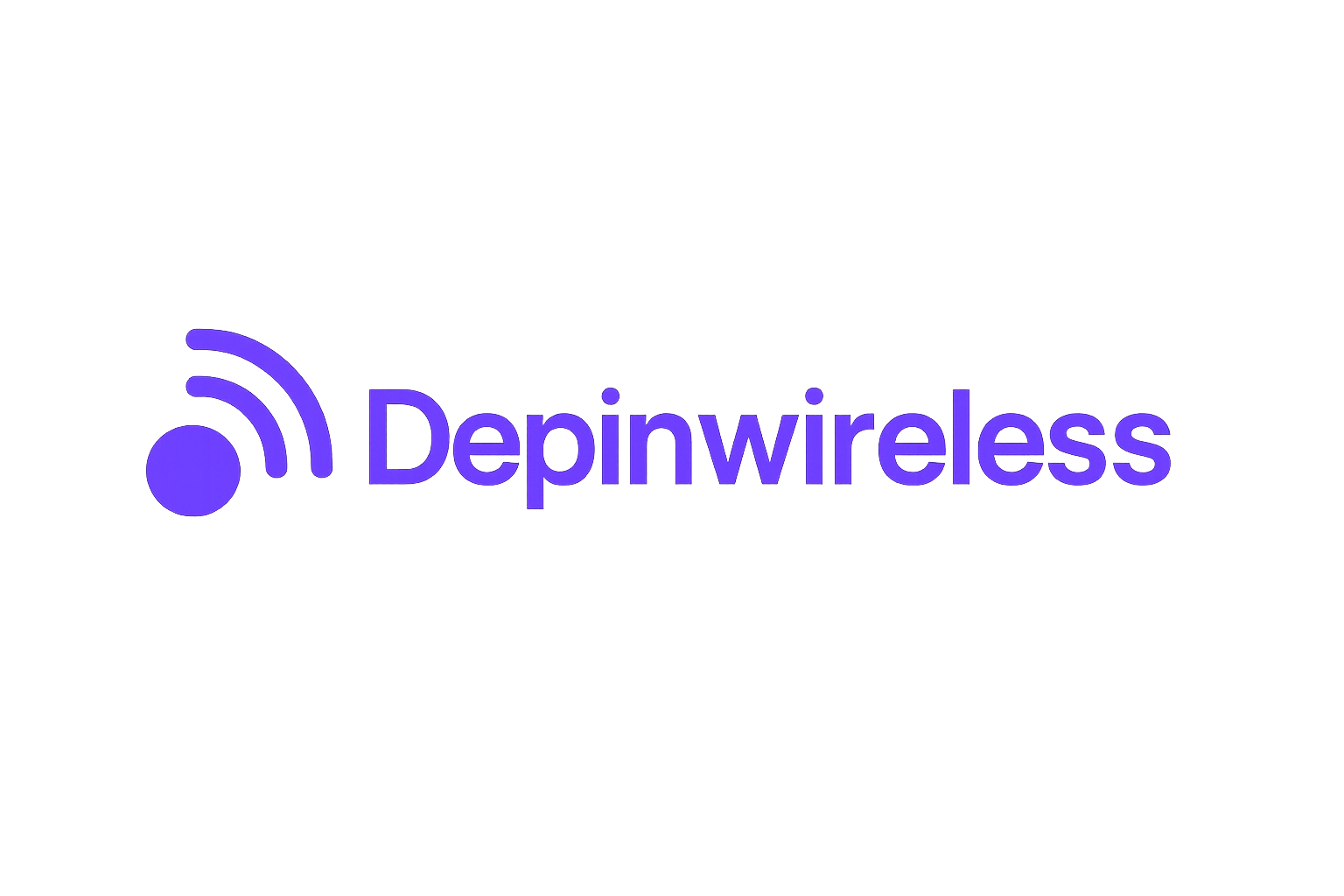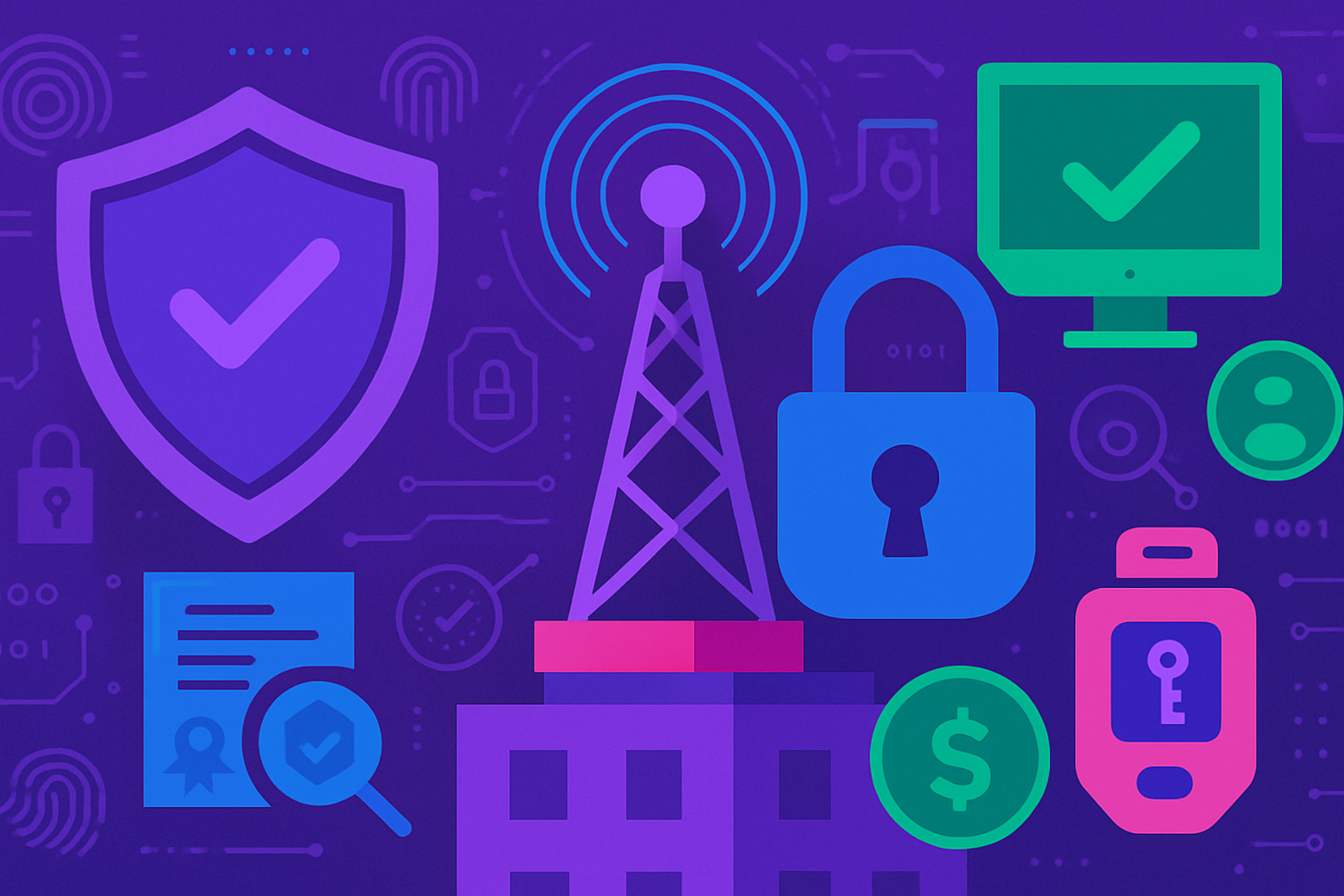
Across the world, rooftop antennas are quietly reshaping the way communities access the internet. At the heart of this transformation is Dawn Internet, a project that merges decentralized wireless infrastructure with a cypherpunk ethos. Rather than relying on a handful of dominant internet service providers, Dawn empowers everyday users to become both providers and beneficiaries of high-speed connectivity. The result? A community-powered internet that is more resilient, inclusive, and rewarding.

How Dawn’s Rooftop Antennas Work
The core innovation behind Dawn’s decentralized broadband network is its Robotic Antenna System (RAS). These compact, affordable rooftop antennas are designed for easy self-installation, making them accessible to homeowners and small businesses alike. Each unit can serve over 100 homes, transmitting data up to 8 kilometers, enough to blanket dense urban neighborhoods with reliable coverage.
What sets RAS units apart is their automated adjustment capability. The antennas can intelligently orient themselves for optimal signal reception, reducing manual maintenance and ensuring consistent performance. This adaptability is especially valuable in environments where signal quality can fluctuate due to weather or urban obstacles. By decentralizing the physical layer of the internet, Dawn’s antennas lay the groundwork for a new era of peer-to-peer connectivity.
Decentralized Wireless, Powered by Incentives
Dawn’s approach to network growth is as much economic as it is technical. Anyone who hosts a RAS unit becomes an active participant in the network, earning DAWN tokens through a proof-of-bandwidth validation mechanism. The more bandwidth you provide and the more stable your connection, the greater your rewards. This model transforms idle internet capacity into a revenue stream, directly benefiting those who help grow the network.
Incentives extend beyond bandwidth contribution. Dawn’s protocol encourages users to refer friends, maintain uptime, and even participate in governance decisions. As a result, network expansion isn’t just top-down; it’s driven by grassroots participation and local incentives. This aligns with the broader DePIN (Decentralized Physical Infrastructure Networks) movement, which sees blockchain as the backbone for next-generation wireless infrastructure.
Integration With Helium: Expanding the Decentralized Wireless Frontier
Dawn Internet’s partnership with Helium is a strategic leap forward. By integrating with Helium’s established decentralized wireless network, Dawn’s Black Box devices can now double as Helium hotspots. This synergy allows participants to earn rewards from both ecosystems, while simultaneously expanding coverage and resilience for all users.
The Black Box’s modular design offers unprecedented flexibility. Households can choose how much they want to participate in decentralized services, whether by providing bandwidth, relaying data, or supporting additional protocols. This interoperability is crucial as the DePIN space matures, networks that collaborate rather than compete are more likely to achieve meaningful scale and utility.
One of the most compelling aspects of Dawn Internet’s rooftop deployment is its focus on community empowerment. By lowering the technical and financial barriers to participation, Dawn enables individuals in both urban and underserved rural areas to become active stakeholders in their local broadband ecosystem. The impact is especially pronounced in regions where traditional ISPs have either failed to deliver or charge prohibitive rates for subpar service.
As more users deploy RAS units, the mesh of interconnected antennas grows denser, improving both speed and redundancy. This organic, bottom-up expansion stands in stark contrast to the slow, capital-intensive rollouts of legacy providers. In effect, Dawn’s model turns every rooftop into a node that strengthens the network for everyone, increasing both accessibility and reliability.
Real-World Benefits of Dawn Internet’s Rooftop Antennas
-

Expanded Local Coverage: Dawn’s Robotic Antenna Systems (RAS) can transmit data up to 8 kilometers and serve over 100 homes per node, dramatically increasing broadband access in urban and underserved communities.
-
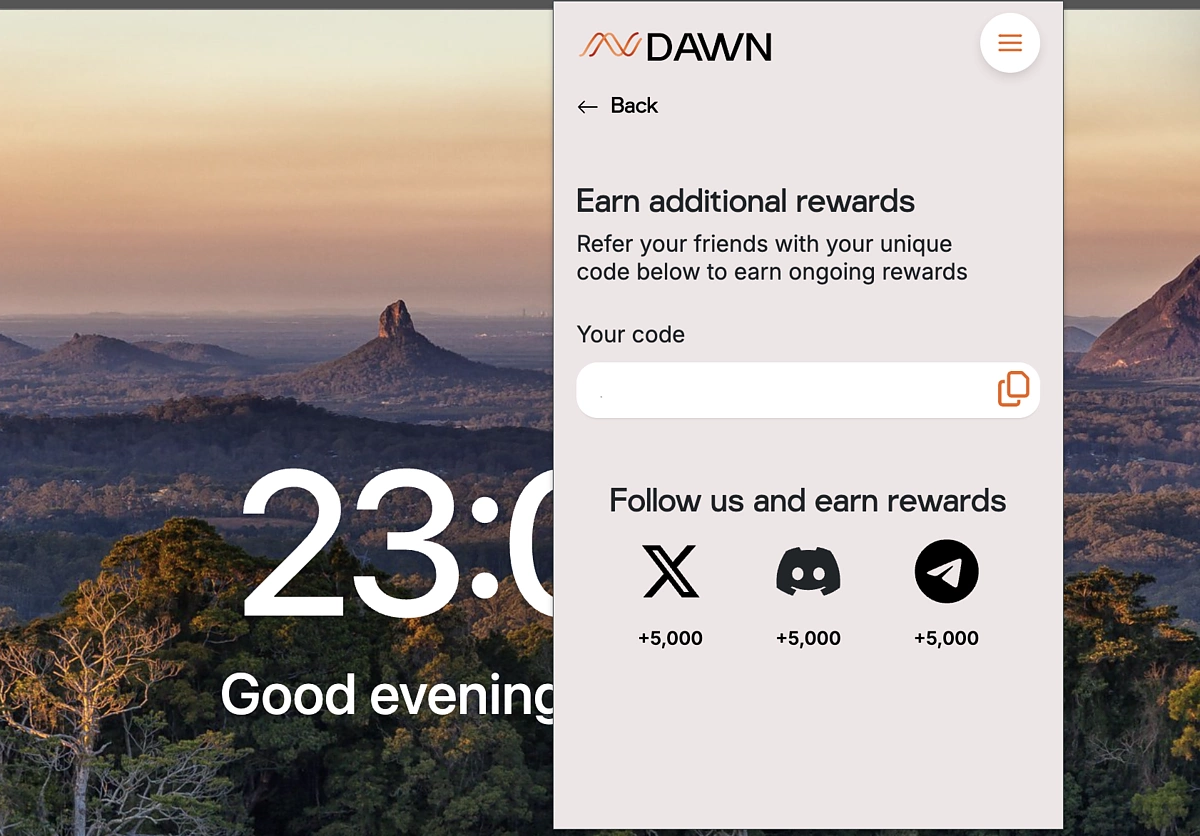
New Income Streams for Hosts: By hosting a Dawn rooftop antenna, users can earn DAWN tokens through proof-of-bandwidth validation, creating a sustainable revenue source for individuals and households.
-
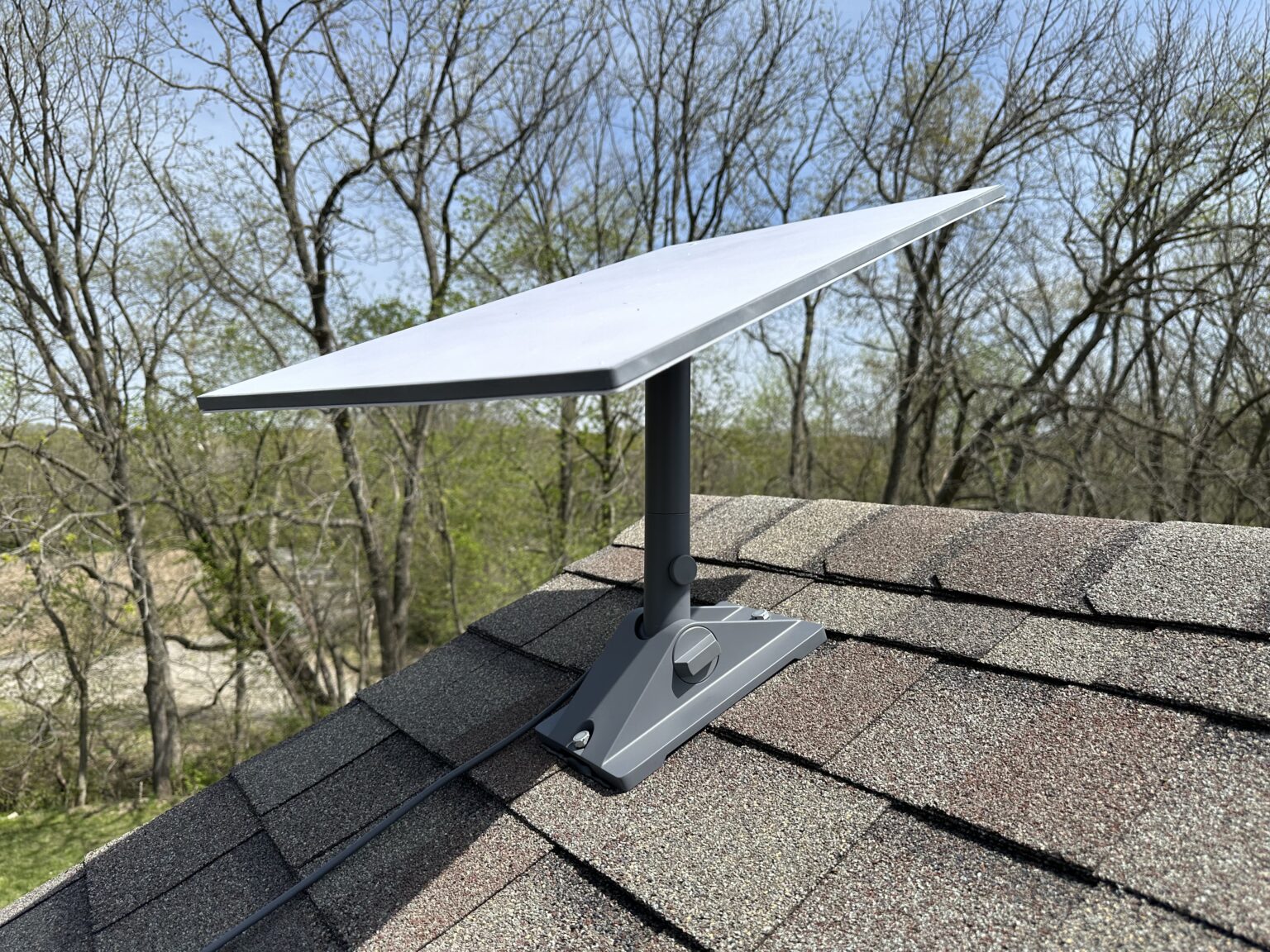
Peer-to-Peer Bandwidth Sharing: Dawn’s decentralized protocol enables community members to share internet capacity directly, reducing reliance on traditional ISPs and fostering a user-owned network.
-
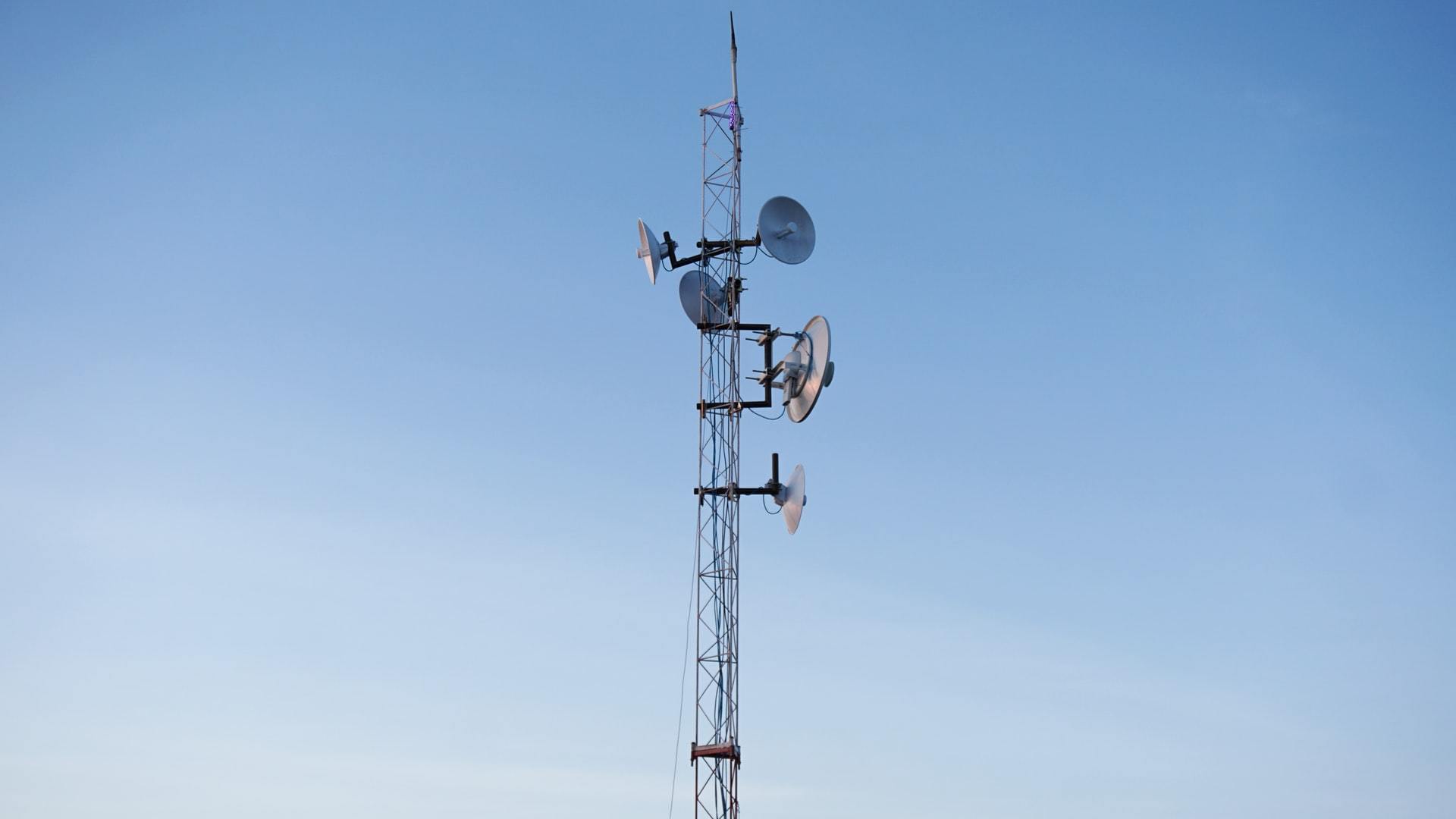
Improved Resilience in Underserved Areas: The decentralized, multi-node architecture of Dawn’s network ensures greater reliability and faster recovery during outages, especially in regions with limited traditional broadband infrastructure.
Beyond the technical achievements, Dawn’s tokenomics and rewards structure are designed to foster long-term engagement. The proof-of-bandwidth validation system is transparent and merit-based, rewarding participants in direct proportion to their contribution. Users can track their earnings in real time, and with up to 1,440 points (and corresponding DAWN tokens) available every 24 hours, the incentives are both tangible and immediate.
Crucially, these rewards are not limited to technical experts. Anyone with a stable internet connection and a suitable rooftop can join, democratizing access to both connectivity and income. This approach aligns with the cypherpunk philosophy at the heart of Dawn’s mission: decentralize not just the infrastructure, but the benefits as well.
Challenges, Opportunities, and the Road Ahead
While Dawn Internet’s vision is ambitious, it is not without obstacles. Regulatory uncertainty, spectrum allocation, and the logistics of scaling hardware deployments all present real-world challenges. Yet, the momentum behind DePIN projects is undeniable. As blockchain-powered wireless networks like Dawn and Helium continue to collaborate, the prospect of a truly user-owned, community-powered internet becomes less theoretical and more tangible.
Looking ahead, the integration of decentralized broadband networks with emerging technologies such as IoT and smart city infrastructure could unlock even greater value. As more households and businesses recognize the advantages of peer-to-peer connectivity, the incentives to participate will only grow. Dawn’s approach is already inspiring a new wave of innovation in the decentralized wireless space, setting a precedent for how communities can reclaim control over their digital futures.
For those interested in the technical details, incentive mechanisms, or deployment strategies, Dawn Internet’s ongoing collaboration with leading DePIN projects offers both inspiration and a practical blueprint for scaling decentralized broadband worldwide. The rooftop revolution is here, and it’s being built one antenna, one household, and one community at a time.
